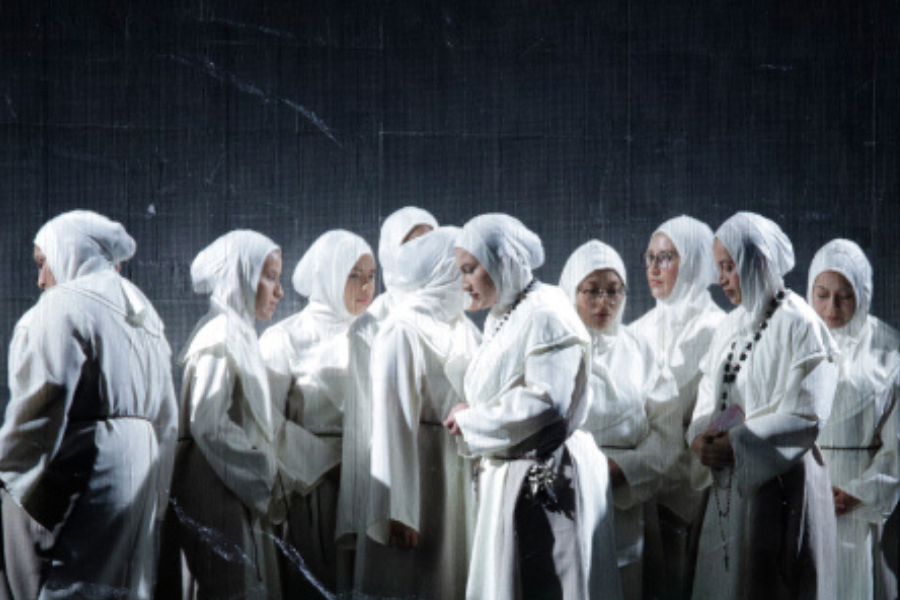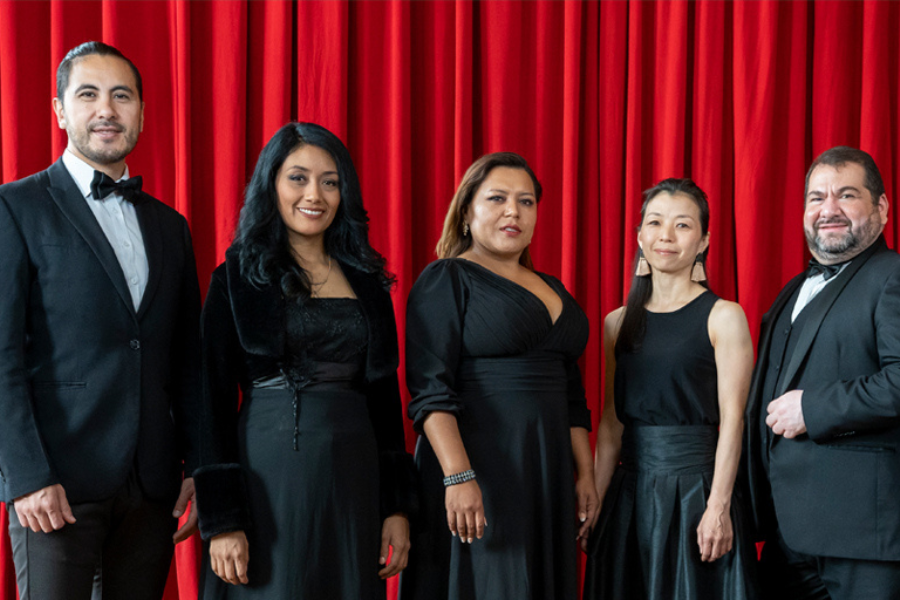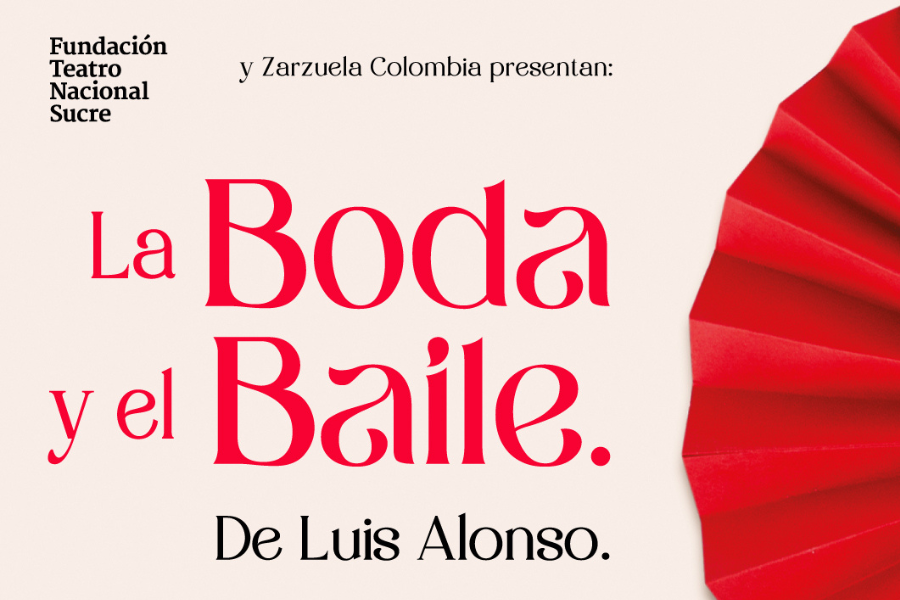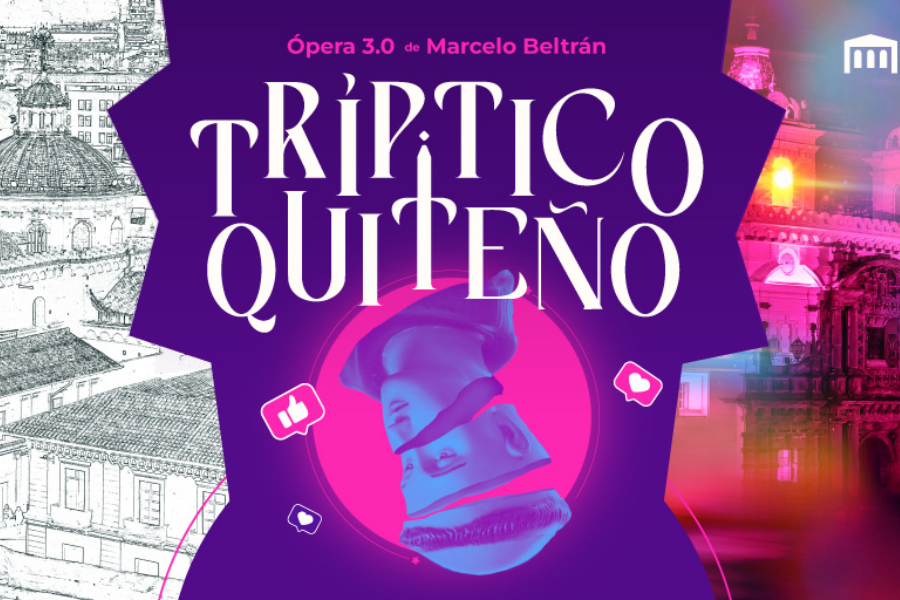Teatro Nacional Sucre: precursor de las artes escénicas en Quito
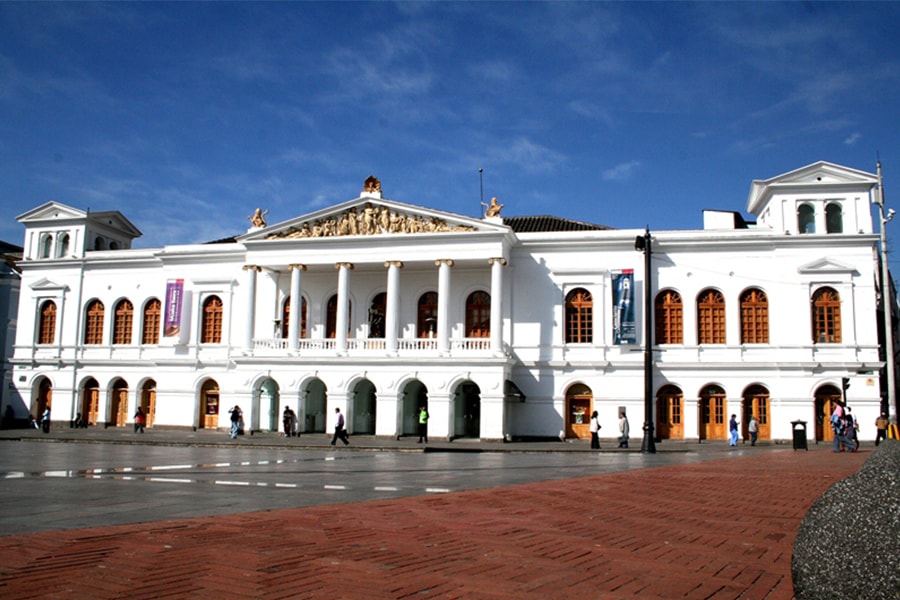
Cuando se acercan los 140 años del inicio de su construcción, un vistazo por la historia del emblemático teatro quiteño, sede del primer Foro de Comunicaciones y Audiencias OLA que se llevará a cabo entre el 22 al 25 de octubre.
.
Su imponente arquitectura es un paso obligado para cada visitante al centro histórico de Quito. La plaza donde se ubica «La plaza del teatro» lleva ese nombre debido a su presencia, se puede decir que éste, es el teatro de la ciudad. Con una programación variada entre ópera, ballet, conciertos, el teatro recibe a miles de visitantes al año.
.
Hoy, casi 140 años después, el Teatro Sucre sigue siendo la pieza más emblemática de las artes escénicas de la ciudad, y su Fundación Teatro Sucre alberga algunos de los festivales más importantes de la ciudad, incluyendo el Festival de Música Sacra y el Quito Jazz Fest, que traen al país artistas internacionales de la mejor calidad.
.
Historia
En 1879, por orden del Presidente Ignacio de Veintimilla, se inició la edificación del “Teatro Nacional”, que después llevaría el nombre del héroe de Pichincha, Mariscal Sucre. La orden de Veintimilla era, en realidad, pedido exclusivo de su sobrina Marieta, una voz ineludible en la política y sociedad quiteña, quien suplantó al tío como presidente cuando éste salió del país, y es recordada como la mujer que más poder ha tenido en la historia ecuatoriana. El monumento se construyó con planos del arquitecto alemán Francisco Schimdt y se inauguró un 25 de noviembre de 1886 con una presentación musical del pianista francés Capitán Voyer, acompañada por la Orquesta Nacional.
.
En el año 1900 ya era necesaria una renovación, en la que estuvo a cargo el propio Schimdt. Cautivan sus figuras por el imponente color dorado que contrasta con el blanco del monumento neoclásico, representando una escena de Orfeo y sus nueve musas. Los personajes de la mitología griega protegían a las Ciencias y a las Artes. Orfeo, por ejemplo, que ocupa el espacio central del tímpano, era poeta y músico, y su talento para tocar la lira amansaba a los animales más salvajes. Terpsícore inspiraba la danza, Talía presidía las comedias y fiestas, y Euterpe era la musa de la música y de la poesía lírica. La figura que se asemeja a una concha yace arriba de aquel frontón triangular y representa nada menos que a la propia Marieta de Veintimilla, apodada por tantos quiteños de la época “la Generalita”.


